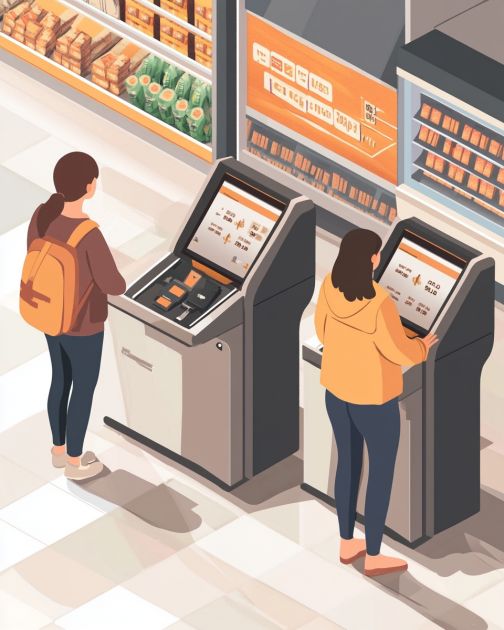The integration of self-checkout systems within retail environments has sparked numerous debates around wages and consumer pricing. A frequently asked question is: If increasing cashier wages leads to higher prices, why don’t prices decrease when those cashiers are replaced by automated systems? This article explores the various dimensions of this question by delving into economic principles, industry practices, and consumer behavior.
Understanding The Economics Of Wages And Prices
To fully grasp the dynamics at play, it is vital to understand the relationship between wages and prices. Wages contribute significantly to a company’s overheads, and any changes in wage structures can affect pricing strategies. Typically, increased wages elevate operational costs, which are often passed on to consumers in the form of higher prices. Conversely, one might expect that reducing labor costs through automation would decrease these prices, but this is not always the case.
The Logic Behind Living Wages And Price Increases
The argument for raising cashier wages to a ‘living wage’ is grounded in ethical and economic justifications. However, employers often counter this by highlighting the increased financial burden. To cover these costs, businesses may raise product prices, thereby transferring the expense to the consumer. While this explanation holds some validity, it does not provide a complete picture when considering the impact of automating cashier roles.
The Rise Of Self-Checkout Systems
ADVERTISEMENT







